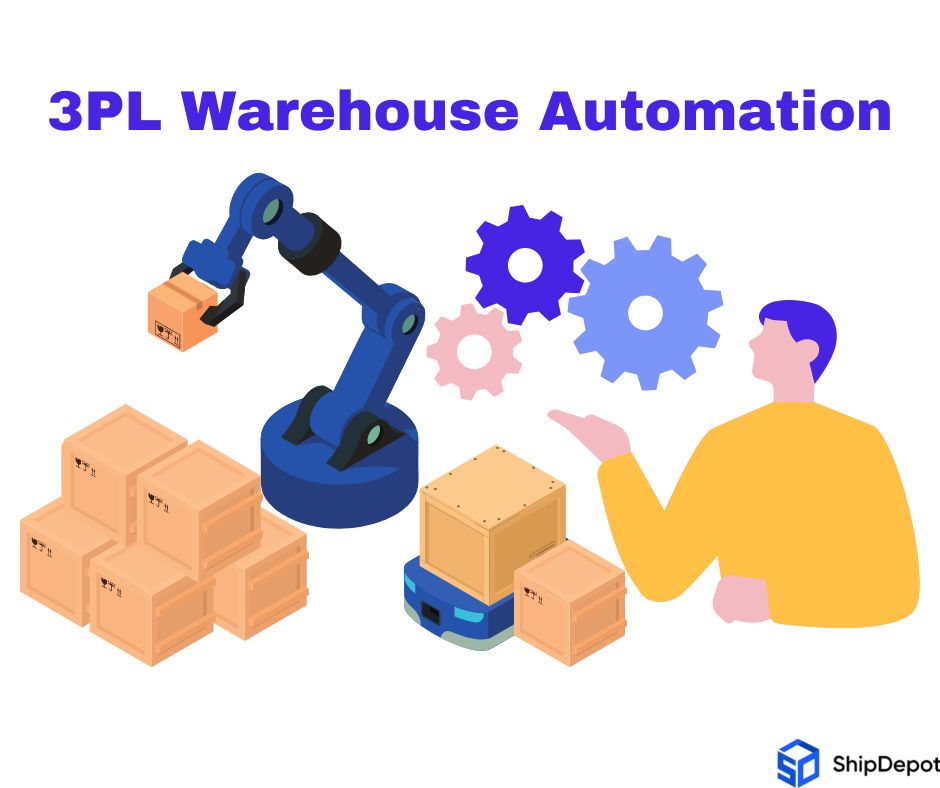-
The future of Amazon and its impact on the eCommerce industry

Get ready for a glimpse into the future of Amazon and its impact on the world of online shopping. With exciting investments in emerging technologies and sustainable initiatives, Amazon’s future growth looks promising. However, as the retail giant continues to dominate the e-commerce industry, it’s important to consider how this impacts small businesses and competition.
-
Automation in 3PL Warehouses: Benefits, Challenges, and Trends

Automation is a hot topic in 3pl providers nowadays. In fact, according to a recent survey by the logistics software company Descartes, nearly 70% of logistics professionals believe that automation will be a key driver of growth for the industry over the next five years. As the logistics industry continues to evolve, technology has become…